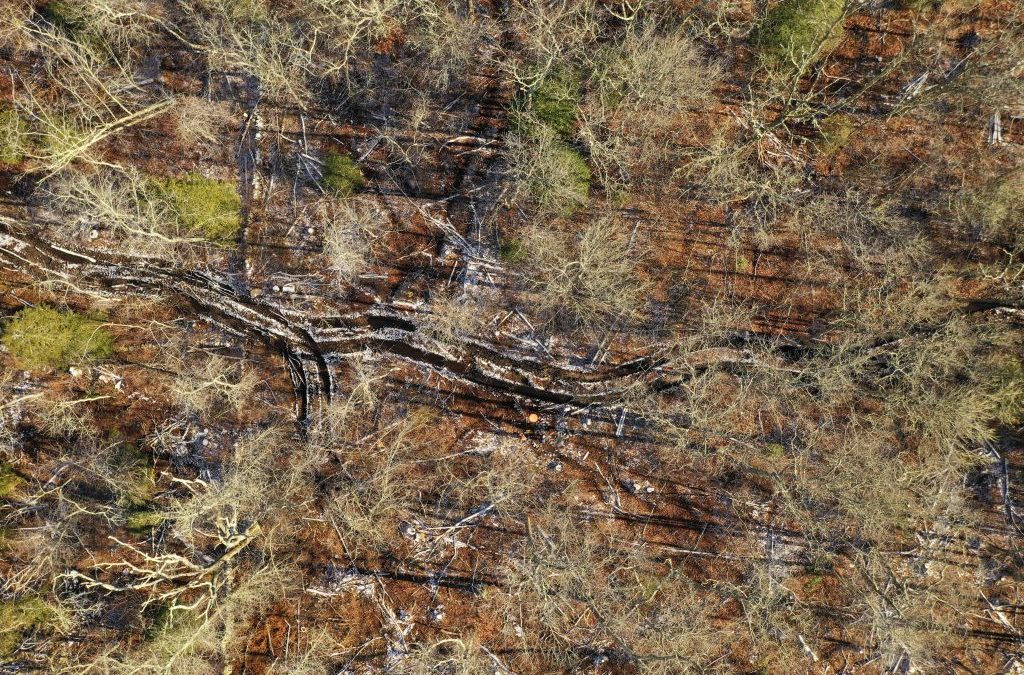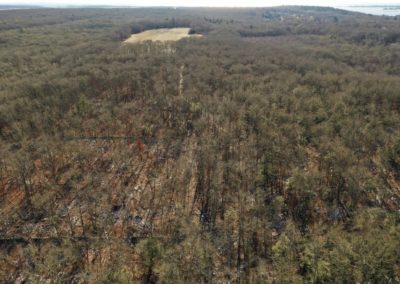
Photos by the Trustees Conservation Restriction Stewardship Director Sally Naser
Initiated in 2018 with assistance from MassWildlife, forestry work at the northernmost reaches of Dunham’s Brook Conservation Area has concluded. Here’s a quick rundown on how harvesting timber at Dunham’s Brook has improved forest health:
-
Forestry work at Dunham’s Brook Conservation Area focused on salvaging dead-standing red oak trees. Dead trees are a natural part of a healthy forest, however large swaths of dead trees throughout many acres indicate poor forest health.
-
Large swaths of dead trees increase risk of forest fire. While natural disturbances such as forest fires, floods and hurricanes can be beneficial for forests and wildlife, they pose a significant risk to human property and public infrastructure.
-
Most forests in Westport grew up at the same time. These uniform age forests lack younger trees which are important for some wildlife habitats.
The Dunham’s Brook property was hit very hard by gypsy moth caterpillar with fifty to eighty percent mortality in some areas–specifically the central upland red oak stand. The goals for the operation were to: 1) reduce the danger of windfall for people walking the trails; and 2) to reduce the amount of downed woody debris clogging up the area to allow for better regeneration of the stand.










